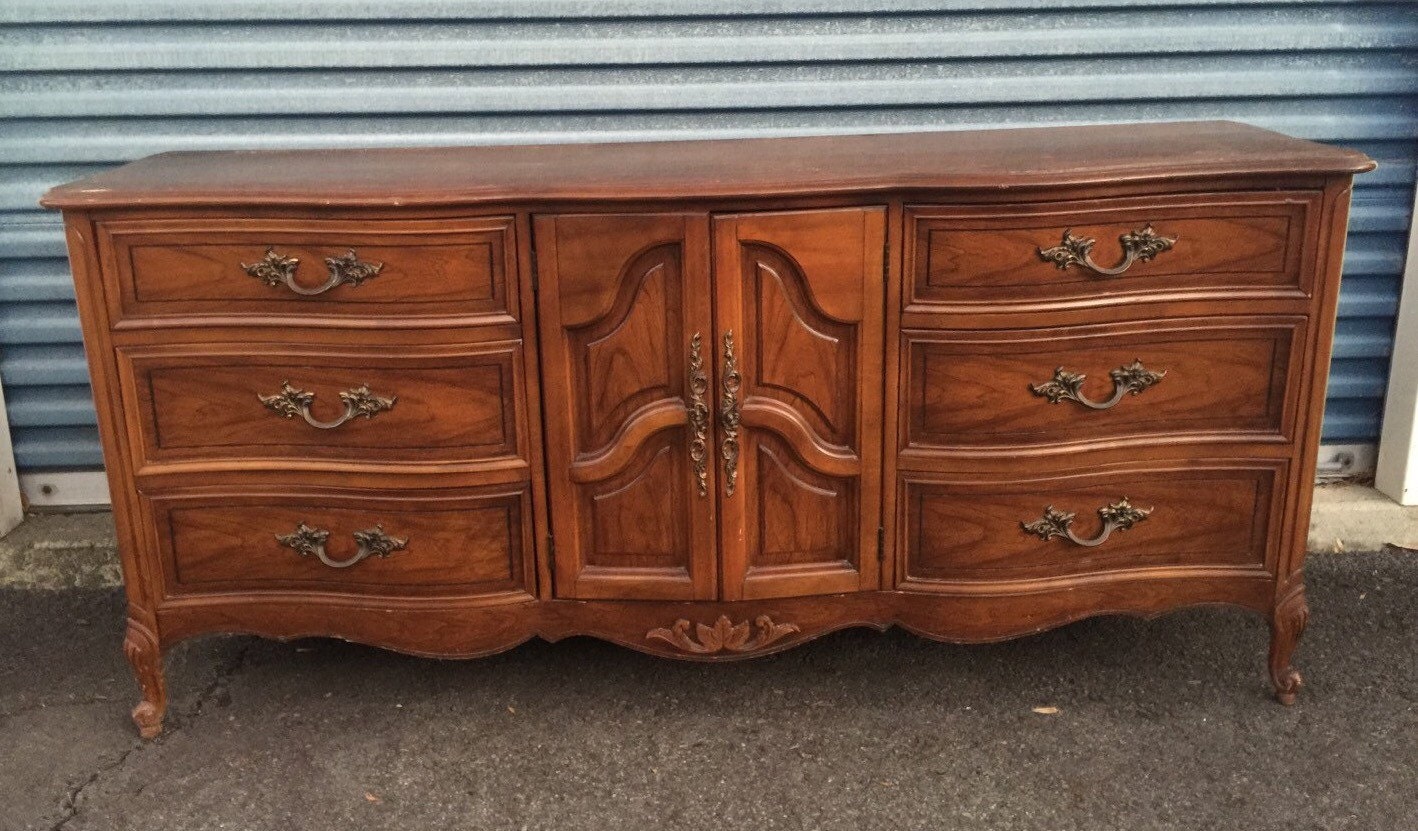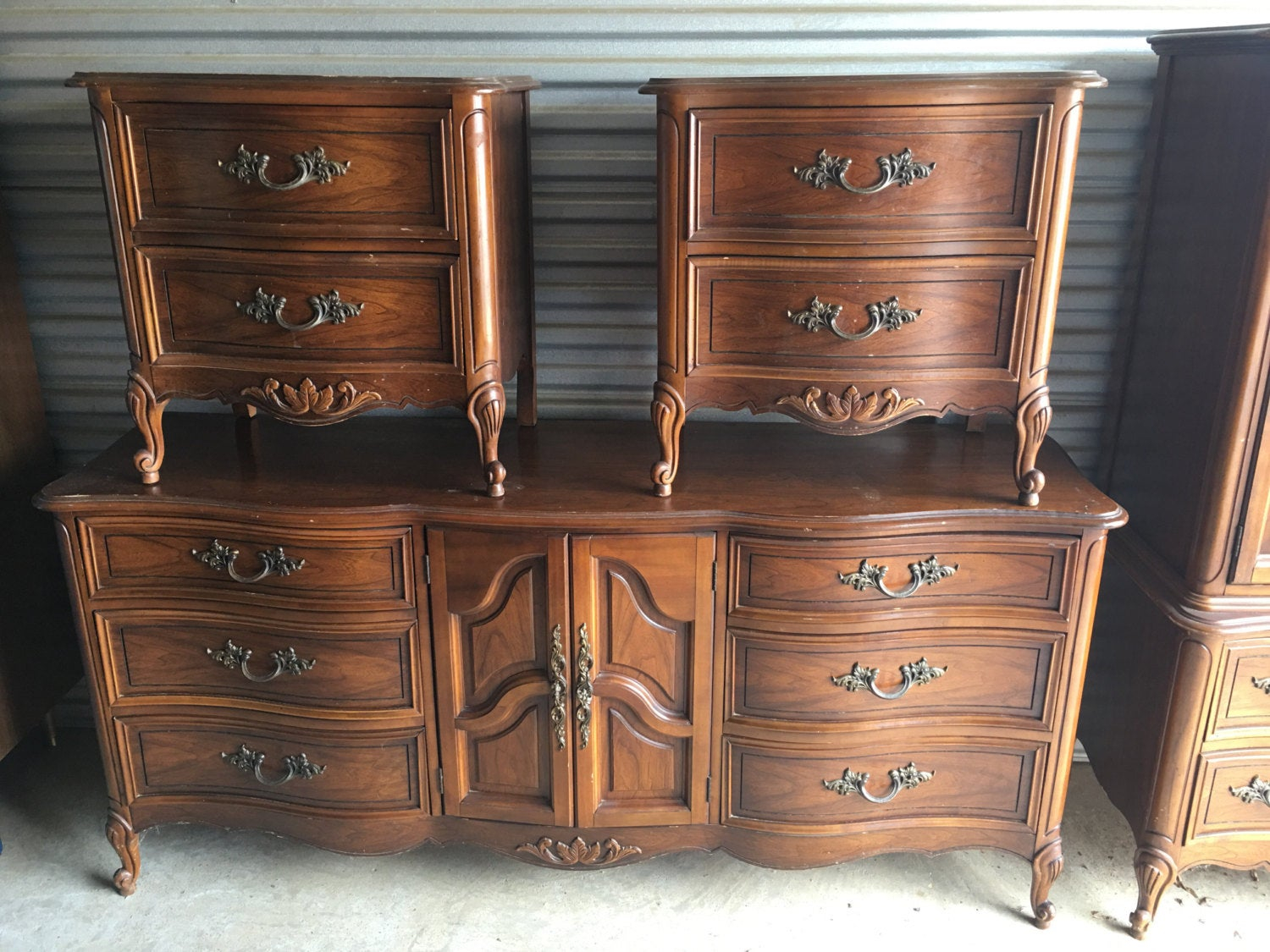The History of Dixie Furniture

Dixie Furniture was a major player in the American furniture industry, known for its stylish and affordable designs. The company’s origins can be traced back to the early 20th century, but it was in the 1960s that Dixie Furniture truly made its mark, becoming a household name synonymous with quality and value.
The Rise of Dixie Furniture in the 1960s
The 1960s were a period of significant growth and change for Dixie Furniture. The company embraced the era’s burgeoning consumer culture, introducing innovative designs and marketing strategies that resonated with a growing middle class. One of the most notable developments was the introduction of the Dixie bedroom set, which quickly became a bestseller. The set’s popularity was driven by its sleek, modern design and affordability, making it accessible to a wide range of consumers. The Dixie bedroom set epitomized the company’s commitment to providing stylish and functional furniture at competitive prices.
Design Aesthetic and Materials
Dixie Furniture’s design aesthetic in the 1960s was characterized by clean lines, simple forms, and a focus on functionality. The company embraced the modernist movement, incorporating elements of Scandinavian design and mid-century modern into its pieces. Materials commonly used in Dixie furniture during this period included solid wood, laminates, and upholstery fabrics in bold colors and patterns. Dixie Furniture’s commitment to quality craftsmanship ensured that its pieces were both durable and stylish, making them a popular choice for families across America.
Dixie Bedroom Set Design and Features: Dixie Bedroom Set 1960

The Dixie bedroom set, a staple of mid-century modern design, embodied the era’s shift towards simpler, functional furniture with clean lines and a focus on comfort. These sets typically included a dresser, a bed frame, a nightstand, and sometimes a vanity or a chest of drawers, all crafted with a distinct style and attention to detail.
Design Elements and Styles
Dixie bedroom sets of the 1960s showcased a range of styles, often drawing inspiration from Scandinavian modernism and mid-century design principles. The most popular styles included:
- Danish Modern: Characterized by sleek, minimalist lines, light-colored woods, and a focus on functionality. These sets often featured tapered legs, simple geometric shapes, and a lack of excessive ornamentation.
- Mid-Century Modern: Emphasized clean lines, geometric shapes, and a blend of natural and synthetic materials. These sets often featured bold colors, playful patterns, and a focus on comfort.
- Contemporary: Focused on simplicity, functionality, and a clean aesthetic. These sets often featured simple shapes, minimal ornamentation, and a focus on using natural materials.
Wood, Finishes, and Decorative Details
Dixie bedroom sets were primarily crafted from solid wood, with oak, maple, and walnut being the most popular choices. These woods were chosen for their durability, natural beauty, and ability to be stained or painted to achieve a variety of finishes.
- Wood Finishes: Popular finishes included natural wood stains, such as walnut, cherry, and mahogany, as well as painted finishes in shades of white, cream, and pastel colors.
- Decorative Details: Dixie bedroom sets often featured simple, elegant details that added a touch of sophistication without being overly ornate. These details could include brass hardware, wood veneer accents, or simple geometric patterns carved into the wood.
Comparison to Other Popular Furniture Designs of the Era
While Dixie bedroom sets were popular, they were not the only furniture designs in vogue during the 1960s. Other popular styles included:
- Italian Modern: Known for its bold, sculptural designs, use of luxurious materials, and emphasis on craftsmanship.
- Eclectic: A mix of different styles, often featuring a combination of vintage, contemporary, and ethnic influences.
The Dixie Bedroom Set in Popular Culture

The Dixie bedroom set, with its sleek lines and modern design, quickly captured the hearts of Americans in the 1960s, becoming a symbol of the era’s changing tastes and aspirations. It wasn’t just a piece of furniture; it was a reflection of the evolving social landscape and a testament to the burgeoning consumer culture of the decade.
This furniture set transcended the confines of the bedroom and found its way into the realm of popular culture, appearing in numerous television shows, movies, and magazines. It became a visual shorthand for a particular style and lifestyle, signifying modernity, sophistication, and a touch of glamour.
The Dixie Bedroom Set in Television Shows and Movies
The Dixie bedroom set’s presence in popular media solidified its cultural significance. It appeared in numerous television shows and movies of the era, providing a glimpse into the homes and lives of characters who embodied the spirit of the 1960s. The set’s sleek design and contemporary appeal made it a natural fit for the homes of stylish and successful characters.
For example, in the popular television series “The Beverly Hillbillies,” the Clampett family’s newfound wealth was reflected in their modern, stylish home, which included a Dixie bedroom set. The set’s presence in the show served as a visual reminder of the family’s transformation from rural simplicity to urban sophistication.
In the movie “The Graduate,” starring Dustin Hoffman, the Dixie bedroom set appears in the character’s apartment, representing the aspirations of a young man navigating the complexities of modern life. The set’s clean lines and minimalist design mirrored the character’s own desire for simplicity and a fresh start.
The Dixie Bedroom Set in Magazines, Dixie bedroom set 1960
Magazines of the 1960s frequently featured the Dixie bedroom set in their articles and advertisements. The set’s popularity and appeal made it a perfect subject for home décor magazines, which showcased its versatility and stylishness.
Home magazines often featured the Dixie bedroom set in elaborate room settings, highlighting its ability to complement various styles and décor. The set’s clean lines and minimalist design allowed it to blend seamlessly with different interior design trends, making it a versatile choice for a wide range of homeowners.
Advertisements for the Dixie bedroom set often featured models dressed in the latest fashions, further reinforcing the set’s connection to the era’s evolving style and culture. The advertisements aimed to position the Dixie bedroom set as a symbol of modern living, a reflection of the era’s changing tastes and aspirations.
